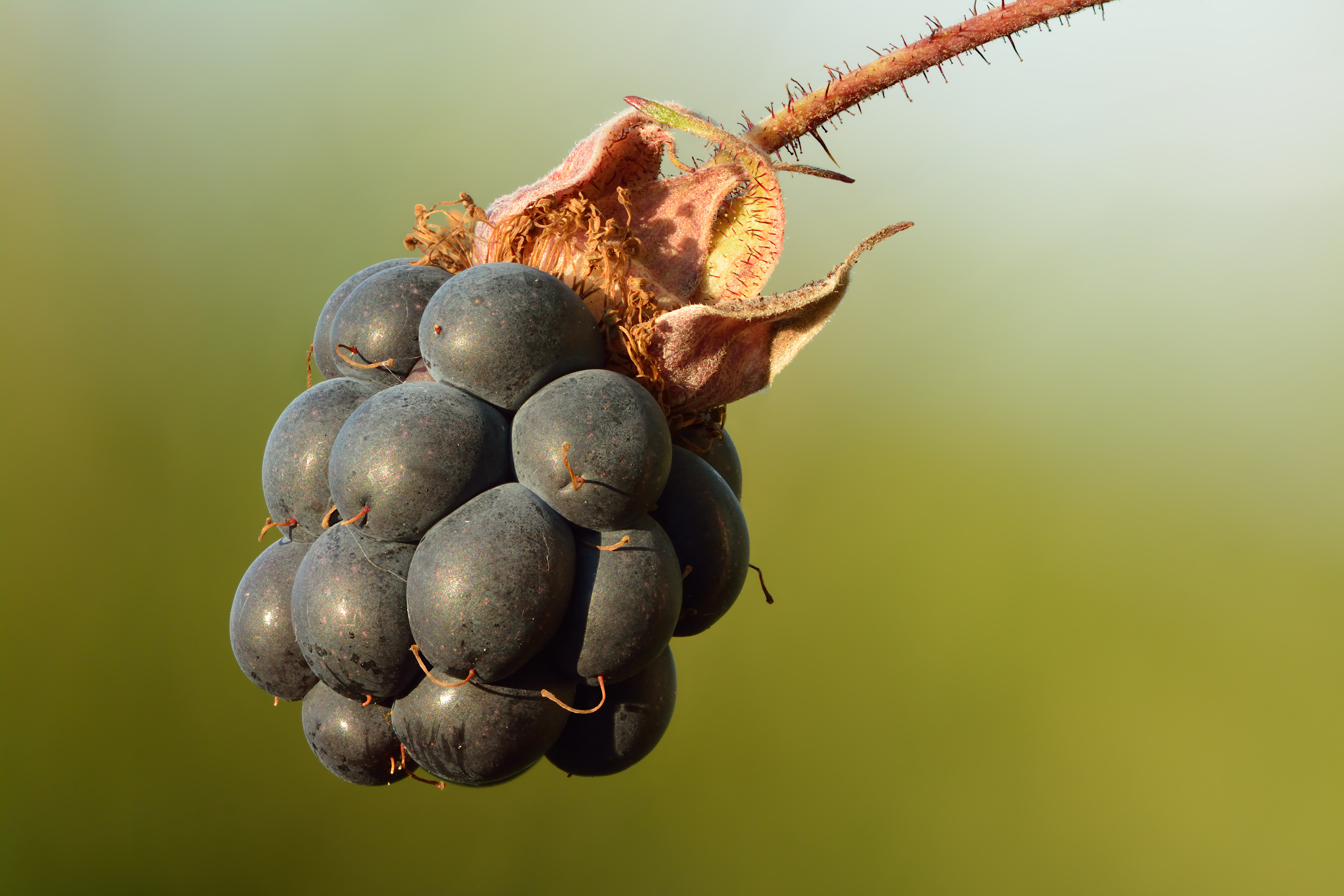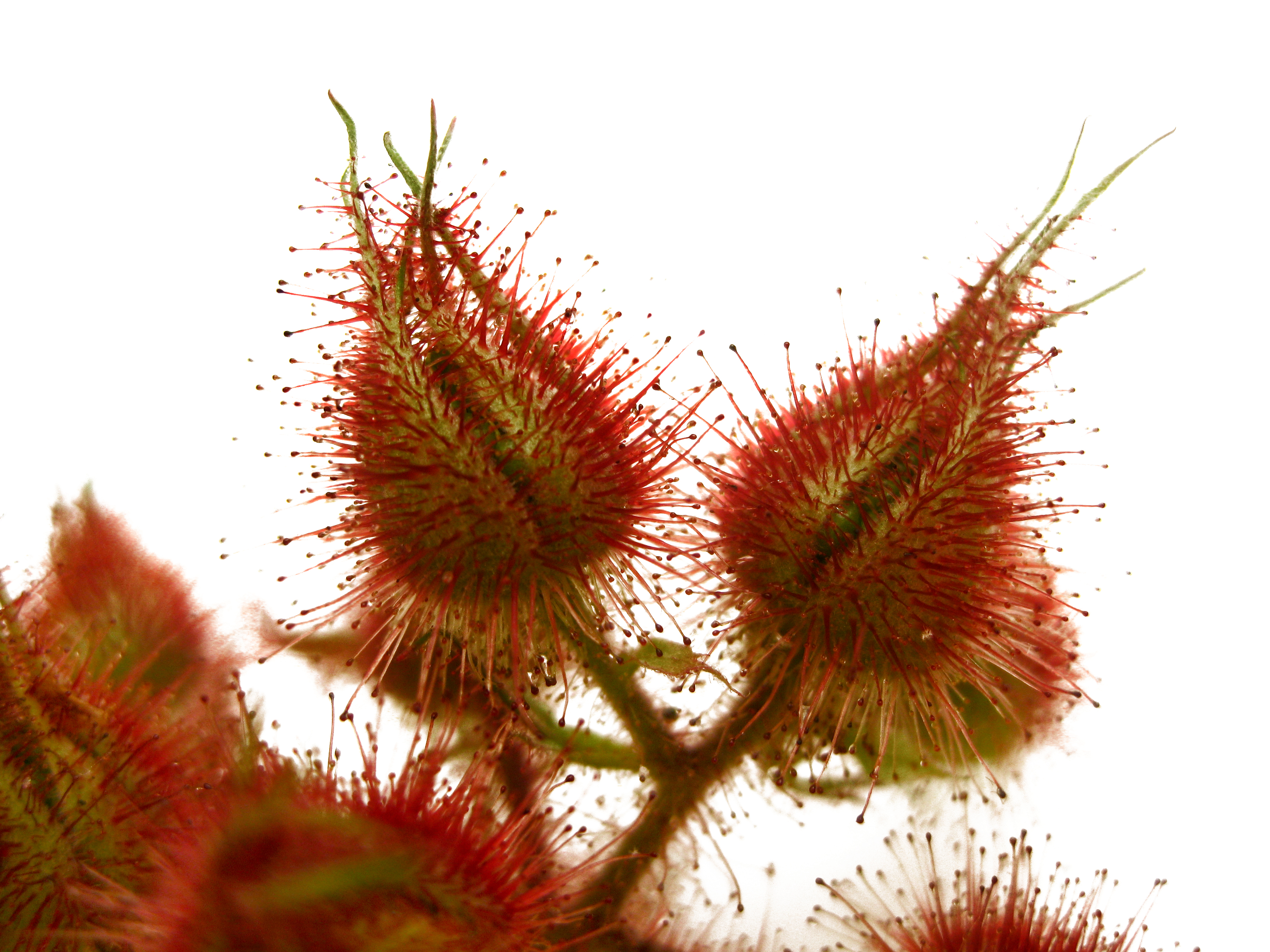|
Stigmella Alikurokoi
''Stigmella alikurokoi'' is a moth of the family Nepticulidae. It is only known from Kyushu in Japan. There are three generations or more per year. The larvae feed on ''Rubus buergeri ''Rubus'' is a large and diverse genus of flowering plants in the rose family, Rosaceae, subfamily Rosoideae, with over 1,350 species. Raspberries, blackberries, and dewberries are common, widely distributed members of the genus. Most of thes ...'', '' Rubus phoenicolasius'' and '' Rubus palmatus var. coptophyllus''. They mine the leaves of their host plant. External linksJapanese Species of the Genus Stigmella (Nepticulidae: Lepidoptera) Nepticulidae Moths of Japan {{Stigmella-stub ... [...More Info...] [...Related Items...] OR: [Wikipedia] [Google] [Baidu] |
Moth
Moths are a paraphyletic group of insects that includes all members of the order Lepidoptera that are not butterflies, with moths making up the vast majority of the order. There are thought to be approximately 160,000 species of moth, many of which have yet to be described. Most species of moth are nocturnal, but there are also crepuscular and diurnal species. Differences between butterflies and moths While the butterflies form a monophyletic group, the moths, comprising the rest of the Lepidoptera, do not. Many attempts have been made to group the superfamilies of the Lepidoptera into natural groups, most of which fail because one of the two groups is not monophyletic: Microlepidoptera and Macrolepidoptera, Heterocera and Rhopalocera, Jugatae and Frenatae, Monotrysia and Ditrysia.Scoble, MJ 1995. The Lepidoptera: Form, function and diversity. Oxford, UK: Oxford University Press; 404 p. Although the rules for distinguishing moths from butterflies are not well est ... [...More Info...] [...Related Items...] OR: [Wikipedia] [Google] [Baidu] |
Nepticulidae
Nepticulidae is a family of very small moths with a worldwide distribution. They are characterised by eyecaps over the eyes (see also Opostegidae, Bucculatricidae, Lyonetiidae). These pigmy moths or midget moths, as they are commonly known, include the smallest of all living moths, with a wingspan that can be as little as 3 mm in the case of the European pigmy sorrel moth, but more usually 3.5–10 mm. The wings of adult moths are narrow and lanceolate, sometimes with metallic markings, and with the venation very simplified compared to most other moths. The minute larvae usually are leaf miners but some species also mine seeds or bark of trees. Much is known about their host plants. The Pectinivalvinae, characterised by a "pectinifer" on the valve of the male genitalia, are endemic to Australia, where they mine the leaves of the tree families Myrtaceae (Scoble, 1983) or Cunoniaceae ( Eucryphiaceae), and Elaeocarpaceae (Hoare, 2000). This Australian group probably cons ... [...More Info...] [...Related Items...] OR: [Wikipedia] [Google] [Baidu] |
Kyushu
is the third-largest island of Japan's five main islands and the most southerly of the four largest islands ( i.e. excluding Okinawa). In the past, it has been known as , and . The historical regional name referred to Kyushu and its surrounding islands. Kyushu has a land area of and a population of 14,311,224 in 2018. In the 8th-century Taihō Code reforms, Dazaifu was established as a special administrative term for the region. Geography The island is mountainous, and Japan's most active volcano, Mount Aso at , is on Kyushu. There are many other signs of tectonic activity, including numerous areas of hot springs. The most famous of these are in Beppu, on the east shore, and around Mt. Aso in central Kyushu. The island is separated from Honshu by the Kanmon Straits. Being the nearest island to the Asian continent, historically it is the gateway to Japan. The total area is which makes it the 37th largest island in the world. It's slightly larger than Taiwan is ... [...More Info...] [...Related Items...] OR: [Wikipedia] [Google] [Baidu] |
Japan
Japan ( ja, 日本, or , and formally , ''Nihonkoku'') is an island country in East Asia. It is situated in the northwest Pacific Ocean, and is bordered on the west by the Sea of Japan, while extending from the Sea of Okhotsk in the north toward the East China Sea, Philippine Sea, and Taiwan in the south. Japan is a part of the Ring of Fire, and spans an archipelago of 6852 islands covering ; the five main islands are Hokkaido, Honshu (the "mainland"), Shikoku, Kyushu, and Okinawa. Tokyo is the nation's capital and largest city, followed by Yokohama, Osaka, Nagoya, Sapporo, Fukuoka, Kobe, and Kyoto. Japan is the eleventh most populous country in the world, as well as one of the most densely populated and urbanized. About three-fourths of the country's terrain is mountainous, concentrating its population of 123.2 million on narrow coastal plains. Japan is divided into 47 administrative prefectures and eight traditional regions. The Greater Tokyo Ar ... [...More Info...] [...Related Items...] OR: [Wikipedia] [Google] [Baidu] |
Rubus Buergeri
''Rubus'' is a large and diverse genus of flowering plants in the rose family, Rosaceae, subfamily Rosoideae, with over 1,350 species. Raspberries, blackberries, and dewberries are common, widely distributed members of the genus. Most of these plants have woody stems with prickles like roses; spines, bristles, and gland-tipped hairs are also common in the genus. The ''Rubus'' fruit, sometimes called a bramble fruit, is an aggregate of drupelets. The term "cane fruit" or "cane berry" applies to any ''Rubus'' species or hybrid which is commonly grown with supports such as wires or canes, including raspberries, blackberries, and hybrids such as loganberry, boysenberry, marionberry and tayberry. The stems of such plants are also referred to as canes. Description Most species in the genus are hermaphrodites, ''Rubus chamaemorus'' being an exception. ''Rubus'' species have a basic chromosome number of seven. Polyploidy from the diploid (14 chromosomes) to the tetradecaploid ... [...More Info...] [...Related Items...] OR: [Wikipedia] [Google] [Baidu] |
Rubus Phoenicolasius
''Rubus phoenicolasius'' (Japanese wineberry, wine raspberry, wineberry or dewberry) is an Asian species of raspberry (''Rubus'' subgenus '' Idaeobatus'') in the rose family, native to China, Japan, and Korea. The species was introduced to Europe and North America as an ornamental plant and for its potential in breeding hybrid raspberries. It has subsequently escaped from cultivation and become naturalized in parts of Europe and North America.Flora of NW Europe''Rubus phoenicolasius'' Characteristics The species is a perennial plant which bears biennial stems ("canes") from the perennial root system. In its first year, a new stem ("primocane") grows vigorously to its full height of 1–3 m, unbranched, and bearing large pinnate leaves with three or five leaflets; normally it does not produce any flowers the first year. In its second year, the stem ("floricane") does not grow taller, but produces several side shoots, which bear smaller leaves always with three leafl ... [...More Info...] [...Related Items...] OR: [Wikipedia] [Google] [Baidu] |
Rubus Palmatus
''Rubus palmatus'',Hassler M. (2019). World Plants: Synonymic Checklists of the Vascular Plants of the World (version Nov 2018). In: Species 2000 & ITIS Catalogue of Life, 2019 Annual Checklist (Roskov Y., Ower G., Orrell T., Nicolson D., Bailly N., Kirk P.M., Bourgoin T., DeWalt R.E., Decock W., Nieukerken E. van, Zarucchi J., Penev L., eds.). Digital resource at www.catalogueoflife.org/annual-checklist/2019. Species 2000: Naturalis, Leiden, the Netherlands. ISSN 2405-884X. also known as mayberry, is an ornamental bramble that has white flowers and yellow edible yellow fruits that ripen in May. It is native to Korea and Japan.''Rubus palmatus'' Thunb. '' |
Mine The Leaves
A leaf miner is any one of numerous species of insects in which the larval stage lives in, and eats, the leaf tissue of plants. The vast majority of leaf-mining insects are moths ( Lepidoptera), sawflies (Symphyta, the mother clade of wasps), and flies ( Diptera). Some beetles also exhibit this behavior. Like woodboring beetles, leaf miners are protected from many predators and plant defenses by feeding within the tissues of the leaves, selectively eating only the layers that have the least amount of cellulose. When attacking ''Quercus robur'' (English oak), they also selectively feed on tissues containing lower levels of tannin, a deterrent chemical produced in great abundance by the tree. The pattern of the feeding tunnel and the layer of the leaf being mined is often diagnostic of the insect responsible, sometimes even to species level. The mine often contains frass, or droppings, and the pattern of frass deposition, mine shape, and host plant identity are useful to dete ... [...More Info...] [...Related Items...] OR: [Wikipedia] [Google] [Baidu] |




